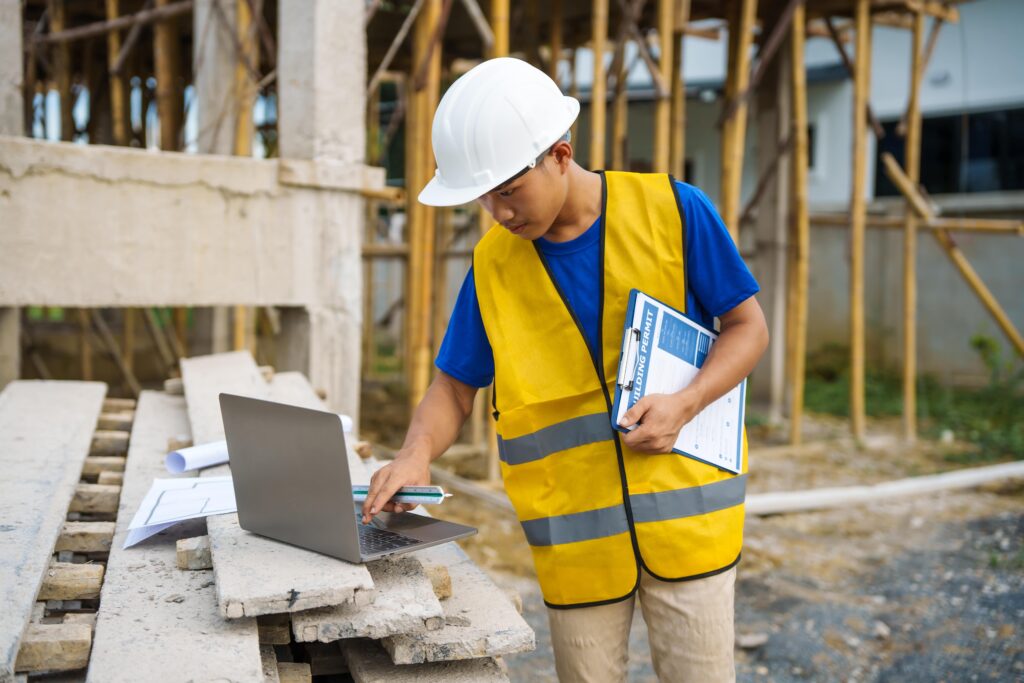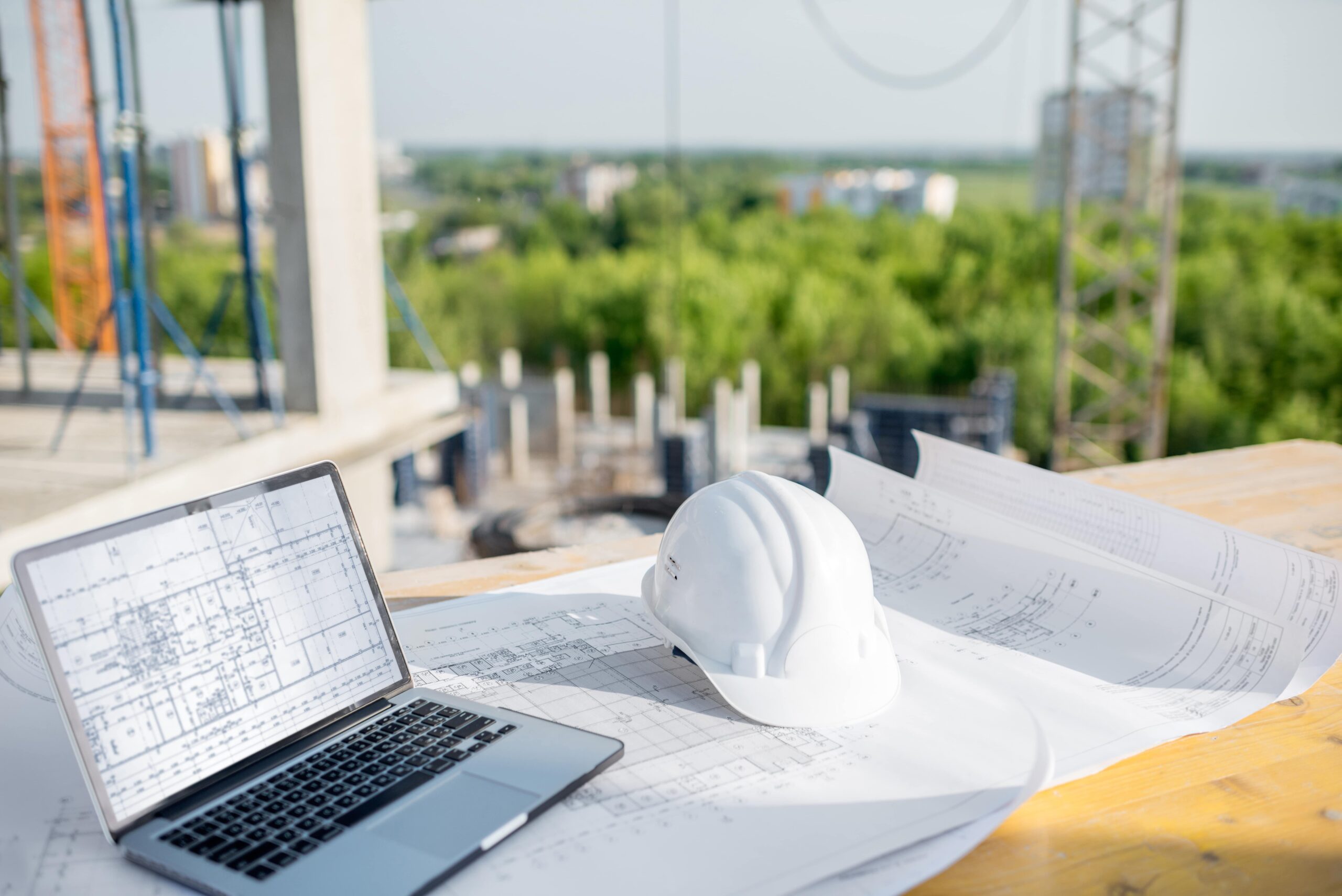
In the evolving world of New York City construction, construction estimation cost has become a strategic process powered by data, analytics, and automation. Gone are the days when estimation relied solely on spreadsheets and intuition—today, data insights define project success.
At True Bid Data, construction cost estimation is not just a calculation; it’s an analytical discipline. Through predictive models, real-time datasets, and digital strategy, firms can forecast costs with unprecedented accuracy. In a city where time, regulation, and budget interact constantly, analytics transform uncertainty into measurable insight.
The Importance of Analytics in Construction Cost Estimation
Data analytics provides a 360-degree view of construction economics. In NYC, project success depends on controlling variables such as material costs, labor fluctuations, and logistical constraints all of which change rapidly.
By analyzing diverse data streams supplier pricing databases, wage indexes, and market trends—estimators can produce forecasts that reflect the city’s dynamic conditions.
For instance, by studying cost behavior across boroughs, data can show how site congestion in Manhattan increases delivery costs by 15%, compared to projects in Queens. These insights empower contractors to bid competitively while safeguarding profitability.
Through True Bid Data’s analytics framework, firms transform cost estimation from an administrative step into a strategic capability.
Predictive Modeling: Anticipating Costs Before They Happen
Predictive modeling allows NYC construction companies to anticipate future cost changes with precision. Using historical project data and live market indicators, predictive systems estimate the potential financial impact of variables such as inflation, weather, and material shortages.
For example, a predictive cost model may simulate how a steel price surge affects total project expenditure and timeline adjustments. Such forecasting enables firms to build contingency budgets proactively, instead of reacting to disruptions mid-project.
This analytical foresight gives NYC builders a competitive edge in one of the world’s most expensive and demanding construction markets.
Digital Strategy and Integrated Platforms
A robust digital strategy ensures that data-driven insights are shared across every team involved in cost estimation.
Modern construction firms integrate estimation tools with project management software, procurement systems, and financial dashboards. This creates a connected digital ecosystem where design changes automatically trigger cost recalculations and supplier updates sync in real time.
Through True Bid Data’s digital framework, NYC companies can:
- Centralize project cost data in cloud-based systems.
- Enable real-time collaboration across departments.
- Eliminate data silos that cause estimation discrepancies.
This digital transformation not only improves accuracy but also accelerates decision-making, making cost estimation an active, ongoing process rather than a static report.
The Role of Geospatial and Local Data in NYC Projects
Geospatial analytics and local market data are essential to refining construction estimation cost in New York City.
Each borough presents unique conditions delivery routes, zoning regulations, soil types, and labor availability that impact overall cost structures.
For example:
- Projects in Lower Manhattan face high transportation and staging costs due to congestion.
- Construction in the Bronx may encounter different material delivery lead times based on supply routes.
By layering geospatial intelligence into cost models, True Bid Data helps firms anticipate neighborhood-specific challenges and allocate resources efficiently. The result: estimates that mirror the real-world complexity of NYC’s construction environment.
Enhancing Transparency Through Data Visualization
Transparency is one of the key benefits of data analytics in cost estimation. With interactive dashboards and visual data storytelling, stakeholders can see exactly how and why a project costs what it does.
Data visualization tools connect project teams—architects, investors, and contractors around a shared truth. Instead of debating assumptions, they analyze verified data in real time.
This transparency accelerates approvals, reduces disputes, and strengthens accountability qualities critical to construction in New York, where precision and timing define success.
Sustainability and the Economics of Green Construction
As NYC pushes toward sustainability and carbon reduction goals, construction estimation must evolve to include environmental metrics.
Analytics enables firms to calculate not only initial costs but also lifecycle costs—including energy efficiency savings, maintenance expenses, and environmental compliance.
For instance, a data-driven analysis might reveal that energy-efficient materials, while more costly upfront, reduce total ownership expenses over two decades.
By embedding sustainability metrics into cost estimation, True Bid Data supports firms in aligning profitability with regulatory and environmental standards—an increasingly vital competitive factor in NYC’s future development.
AI and Automation: The Next Frontier
Artificial intelligence and automation are revolutionizing how firms approach construction estimation cost.
AI systems can:
- Automatically update estimates when market data changes.
- Identify cost anomalies in complex datasets.
- Simulate multiple budget outcomes under different scenarios.
Automation streamlines repetitive processes, freeing human estimators to focus on high-value analysis and strategy. Over time, these intelligent systems become more accurate through continuous learning improving performance with every project.
In NYC, where construction projects often operate on razor-thin margins, the efficiency and accuracy of AI-powered estimation are redefining industry standards.
From Cost to Insight: Building a Data-Centric Culture
Ultimately, successful construction cost estimation depends on a firm’s ability to turn data into actionable insight.
Through advanced analytics, True Bid Data helps NYC construction professionals understand not just how much something will cost, but why it costs that amount and what can be optimized.
This shift from reactive budgeting to proactive analysis creates a foundation for long-term competitiveness. When teams integrate cost estimation with digital strategy, they gain continuous visibility into performance, allowing them to refine future bids and reduce risk.
Conclusion: Building the Future with Data Intelligence
The construction estimation cost process is no longer just about arithmetic it’s about analytics, insight, and digital integration.
In a city as dynamic as New York, data empowers construction firms to anticipate, adapt, and thrive. By leveraging predictive modeling, AI, and transparent collaboration tools, True Bid Data enables smarter, faster, and more sustainable decision-making.
As NYC continues to grow, those who harness data not only estimate better they build better.




